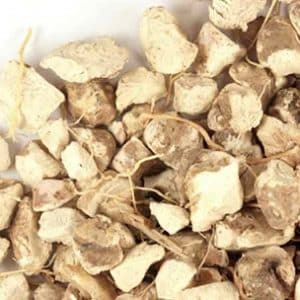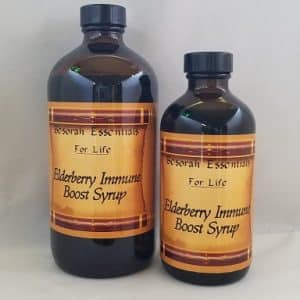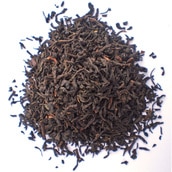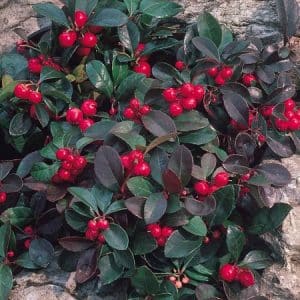Long used to heal wounds, the comfrey leaves and roots have been used to cure ailments ranging from stubborn leg ulcers to broken bones, and hence its common name of boneset or knitbone.
During ancient times, comfrey baths were popular before marriage to repair the hymen and thus restoring virginity.
Since 400 BCE, early Greek physicians have used comfrey to stop bleeding, treat bronchial problems, heal wounds, and mend broken bones.
During the Irish potato famine of the 1840s, an Englishman named Henry Doubleday became convinced that the world could be saved from hunger and suffering by using comfrey. He established a charitable organization to research the cultivation and use of the plant that exists to this day and continues to publish pamphlets and books on its usage.
Key Actions
Key Components
Cautions
Do not use comfrey on dirty wounds as rapid healing can trap the dirt or pus.
The use of comfrey is restricted in Australia, New Zealand, Canada, and Germany because of the toxic alkaloids, mainly pyrrolizidine. However, it is unclear as to whether they are toxic in the context of the whole plant, since they are only present in minute amounts and are often completely absent from samples of dried aerial parts. The highest concentration is in the root, having almost twice as much as in the aerial parts. Until such time as it is proven one way or the other, use of the root internally is not advised. It should be noted that Swedish researchers have determined that these alkaloids are destroyed when making a decoction of the aerial parts. Though symptoms may not show up for several months after use, liver damage can occur in a week. Comfrey leaves have also caused cancer in experimental animals.




